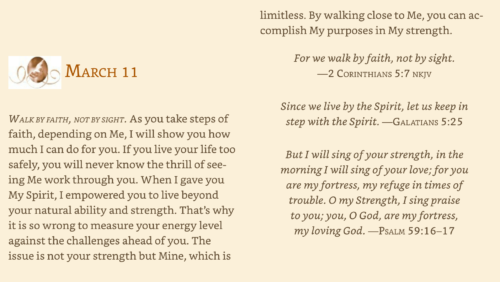Theologian Elizabeth Johnson points out that when we examine the entirety of Jesus’ life, language, and mission, we get a picture of Wisdom at work in partnership and mutuality:
In his brief ministry Jesus appears as the prophet and child of Sophia sent to announce that God is the God of all-inclusive love who wills the wholeness and humanity of everyone, especially the poor and heavy-burdened. He is sent to gather all the outcast under the wings of their gracious Sophia-God and bring them to shalom. This envoy of Sophia walks her paths of justice and peace and invites others to do likewise. Like her he delights in being with people; joy, insight, and a sure way to God are found in his company. Again and again in imaginative parables, compassionate healings, startling exorcisms, and festive meals he spells out the reality of the gracious goodness and renewing power of Sophia-God drawing near. . . . Scandalous though it may appear, his inclusive table community widens the circle of the friends of God to include the most disvalued people, even tax collectors, sinners, prostitutes. In all, his compassionate, liberating words and deeds are the works of Sophia reestablishing the right order of creation: “Wisdom is justified by her deeds” (Matthew 11:19). . . .
Johnson makes a connection between Jesus’ Sophia-inspired teaching and the many women who were empowered by his ministry:
Women interact with Jesus in mutual respect, support, comfort, and challenge, themselves being empowered to acts of compassion, thanksgiving, and boldness by Spirit-Sophia who draws near in him. . . . [These women] befriend, economically support, advise, and challenge Jesus, break bread with him and evangelize in his name. Others receive the gift of his healing, being empowered to stand up straight beyond physical or mental suffering, spiritual alienation, or social ostracism. . . . New possibilities of relationships patterned according to the mutual services of friendship rather than domination-subordination flower among the women and men who respond and join his circle. They form a community of the discipleship of equals.
All of this is too much for those heavily invested in the political and religious status quo. [Father Richard: The giveaway of the dominance of the masculine is the assumption that all problems can be solved by top-down power, a mistake both men and women make.] Mortally threatened, they conspire to be rid of him. In the end Jesus’ death is a consequence of the hostile response of religious and civil rulers to the style and content of his ministry, to which he was radically faithful with a freedom that would not quit. The friendship and inclusive care of Sophia are rejected as Jesus is violently executed, preeminent in the long line of Sophia’s murdered prophets. . . .
For the Christian community, the story does not end there. Faith in the resurrection witnesses that Sophia’s characteristic gift of life is given in a new, unimaginable way.
LISTEN TO THE LOVE SONG that I am continually singing to you. I take great delight in you. I rejoice over you with singing. The voices of the world are a cacophony of chaos, pulling you this way and that. Don’t listen to those voices; challenge them with My Word. Learn to take minibreaks from the world, finding a place to be still in My Presence and listen to My voice. There is immense hidden treasure to be found through listening to Me. Though I pour out blessings upon you always, some of My richest blessings have to be actively sought. I love to reveal Myself to you, and your seeking heart opens you up to receive more of My disclosure. Ask and it will be given to you; seek and you will find; knock and the door will be opened to you.
ZEPHANIAH 3:17; The LORD your God is with you, the Mighty Warrior who saves. He will take great delight in you; in his love he will no longer rebuke you, but will rejoice over you with singing.”
MATTHEW 17:5; While he was still speaking, a bright cloud covered them, and a voice from the cloud said, “This is my Son, whom I love; with him I am well pleased. Listen to him!”
MATTHEW 7:7; Ask and it will be given to you; seek and you will find; knock and the door will be opened to you
Young, Sarah. Jesus Calling Morning and Evening Devotional (Jesus Calling®) (p. 154). Thomas Nelson. Kindle Edition.




